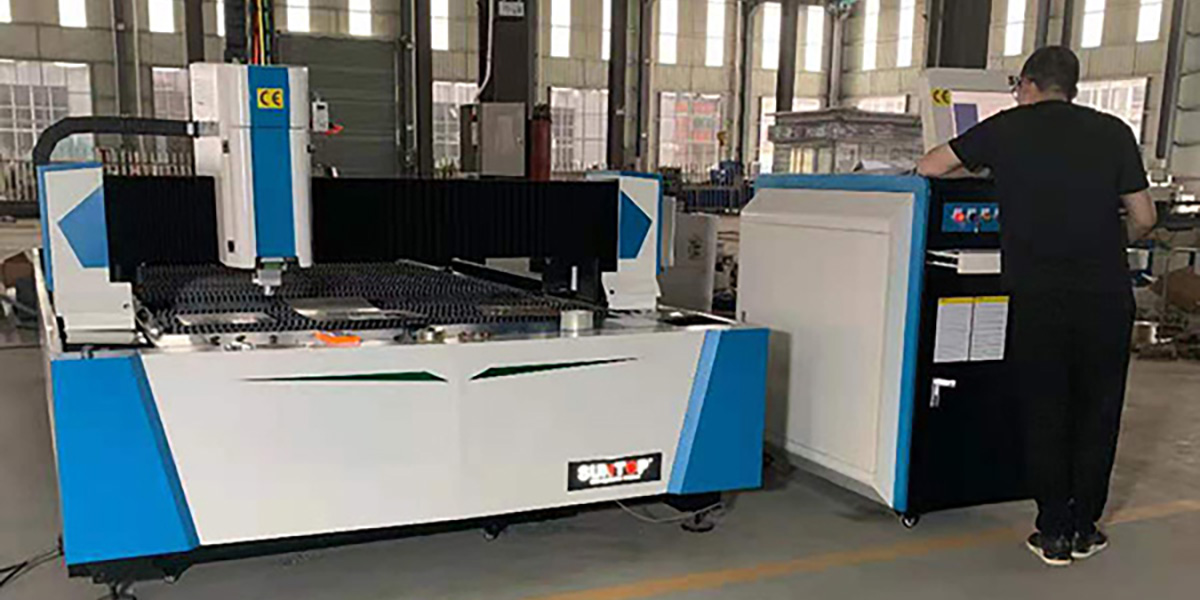A. Cutting quality
1. Cutting edge quality:
Slag: During the laser cutting process, the molten material of some metals (especially low melting point metals) may not be completely blown away by the airflow, resulting in slag attached to the cutting edge. The presence of slag not only affects the appearance, but may also interfere with subsequent processing steps such as welding or painting.
Burrs: During the cutting process, molten material may form burrs when cooling, especially on the upper and lower edges of the material. The presence of burrs will affect the accuracy and fit of the cut parts, and these burrs need to be removed in subsequent processing to ensure qualified product quality.
2. Impact of cutting accuracy:
The accuracy of laser cutting usually depends on factors such as the focusing degree of the laser beam, the thickness and type of the material, the cutting speed, and the laser power. If there is vibration during the cutting process or the laser is not stable, the cutting accuracy will be reduced, which may cause dimensional deviation or irregular cuts.
B. Heat Affected Zone (HAZ)
1. Changes in mechanical properties:
The high temperature generated during laser cutting causes changes in the temperature inside and on the surface of the material, which may cause changes in the organization and properties of the metal.
In the heat affected zone (HAZ), the hardness of the metal may increase due to the quenching effect, but the resulting decrease in toughness may make the material more susceptible to brittle fracture in subsequent use.
2. Deformation or cracking of the material:
High temperature and cooling process may cause uneven distribution of thermal stress in the material, which in turn causes deformation, especially in thinner materials.
In addition, rapid temperature changes in local areas may also cause crack formation, especially in some brittle metals or heat-treated materials.

C. Material reflectivity
1. Effect on laser absorption:
The high reflectivity of metal materials will reduce the effective absorption of laser energy, resulting in uneven cutting or slow cutting speed. On the contrary, metals with low reflectivity can absorb laser energy more effectively, thereby improving cutting efficiency.
2. Reflection of different metals to lasers:
Aluminum: Due to its high reflectivity (about 90% or more), laser cutting of aluminum is relatively difficult, and special wavelength lasers and cutting parameters are required to improve the absorption rate.
Copper: It also has high reflectivity, but usually has a low absorption rate of the beam, so a higher power laser and a reasonable gas-assisted cutting method are required.
Carbon steel: Compared with aluminum and copper, carbon steel has a lower reflectivity and relatively better laser cutting effect, and is generally widely used in laser cutting processing.
D. Generation of smoke and gas
1. Release of harmful gases and their impact on the environment:
During the cutting process, the metal is melted and gasified, which will release harmful gases (such as NOx, CO, etc.), which not only have a negative impact on the environment, but may also cause ecological problems such as acid rain.
2. The impact of smoke generated during the cutting process on the health of operators:
The smoke generated during the cutting process contains tiny metal particles and toxic gases. If not controlled, it may cause respiratory and skin problems for operators.
Therefore, companies need to install appropriate ventilation and dust removal devices to protect the health of operators and maintain a good working environment.
By fully understanding the impact of laser cutting on metal materials, manufacturers can take corresponding measures to optimize the cutting process, thereby improving cutting quality and ensuring safety and environmental protection. Click here for more information

























